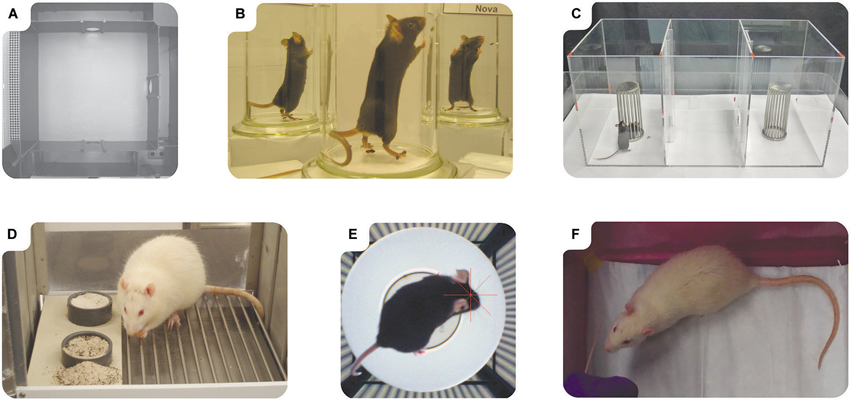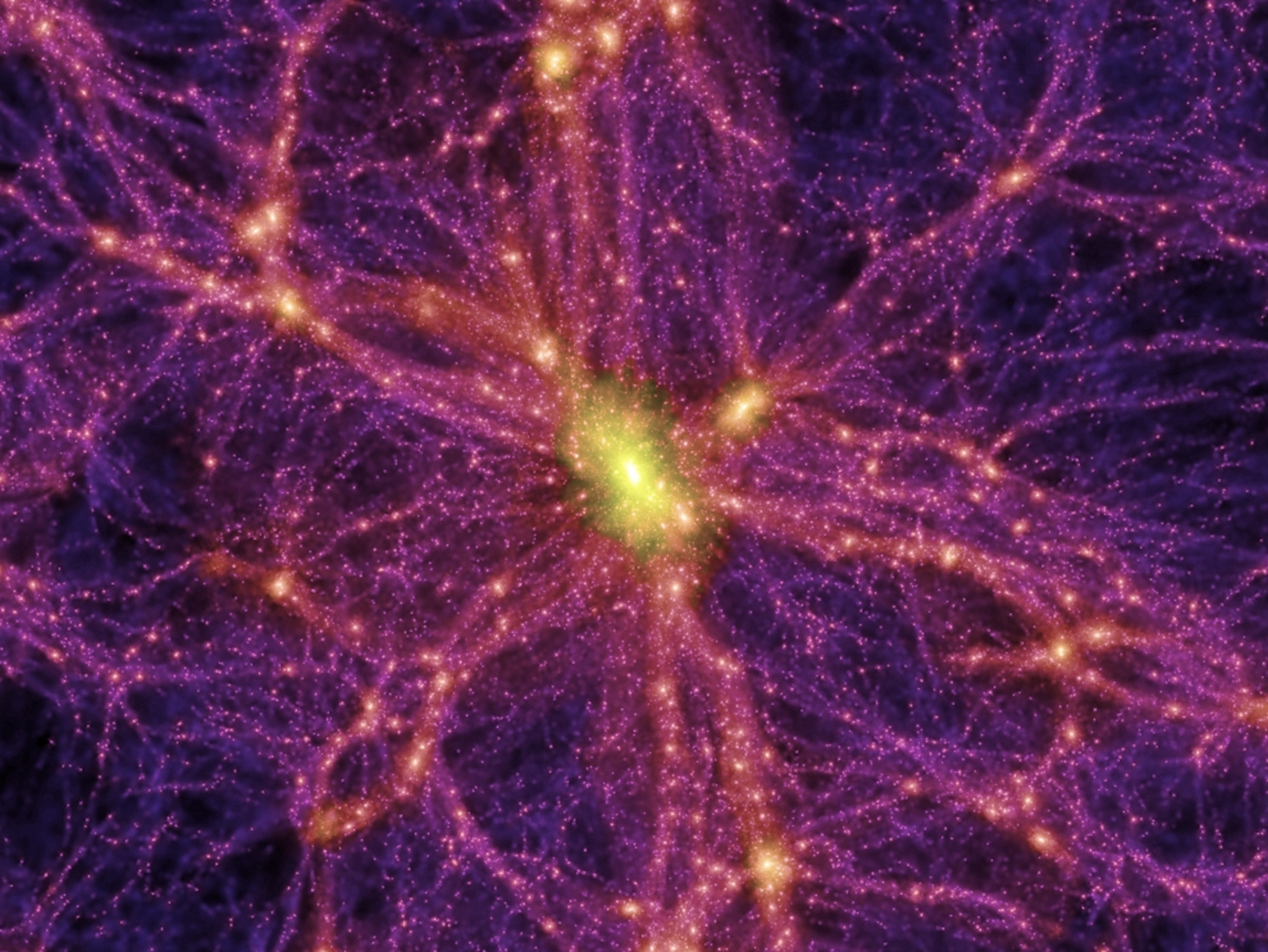Researchers are increasingly turning to innovative techniques to unravel the complexities of animal behavior, and a groundbreaking AI method for studying rat behavior stands at the forefront of this exploration. By utilizing sophisticated machine learning in animal behavior, scientists can markedly enhance our understanding of how these creatures engage socially. The new approach not only captures the intricate gestures of rat interactions but also sheds light on the brain-behavior link, providing insight into conditions such as autism. As this AI in neuroscience continues to evolve, it opens up exciting possibilities for rat social behavior research, paving the way for advances in our comprehension of both animal and human behavior. By mapping and analyzing over 110 million 3D poses of rats, researchers can systematically quantify gestures and social dynamics that were once merely observed subjectively.
In recent years, the use of artificial intelligence has revolutionized how scientists study the behavioral patterns of animals, particularly in terms of rodent behavior analysis. This new methodology allows for meticulous observation of social dynamics among rats, providing deeper insights into their communal interactions. By leveraging the power of machine learning algorithms, researchers can now uncover the nuanced connections between brain function and behavior observed in these small creatures. Such advancements are crucial not just for rat social behavior research, but also hold significant implications for understanding complex human disorders like autism, especially in utilizing animal models for relevant studies. Ultimately, AI-driven analysis helps bridge the understanding of both the cognitive and social aspects inherent in these mammals, revealing essential links that could lead to therapeutic innovations.
Understanding Rat Behavior through AI
The integration of AI methods for studying rat behavior marks a significant leap in our understanding of animal social patterns. Researchers are leveraging machine learning to meticulously analyze the movements and interactions of rats, an approach that streamlines the observational processes traditionally employed in behavioral research. Utilizing this technology, scientists can track the intricate details of rat social interactions, leading to deeper insights into the underlying motivations and mechanisms of their behavior.
With hundreds of millions of data points analyzed through sophisticated algorithms, the AI method transforms the study of rat behavior from mere observation to a data-driven science. This not only enhances the reliability of results but also allows researchers to identify behavioral motifs that were previously overlooked. As the data accumulates, it becomes possible to create predictive models that can shed light on complex social behaviors, potentially informing our understanding of similar dynamics in humans.
Machine Learning in Animal Behavior Research
Machine learning has revolutionized animal behavior research, specifically in the analysis of social interactions among rats. This innovative technique provides a rich, quantitative framework that goes beyond simple video observation. Researchers can now capture nuanced social signals and interactions between rats, examining variables that contribute to different behaviors. Such advancements allow for a more rigorous exploration of how socialization impacts behavior in both rats and other species.
The data derived from machine learning applications also contribute to broader scientific conversations. By establishing reliable patterns in rat behavior, researchers can draw parallels to human conditions, particularly in the context of social disorders. The insights gained from these studies could one day be pivotal in understanding autism, autism research using animal models is gaining traction due to its capacity to reflect certain human social behaviors and developmental trajectories.
Exploring Rat Social Behavior Research
Rat social behavior research has long fascinated scientists due to the parallels drawn between rat and human interactions. Rat colonies display complex social dynamics that mirror human societal structures, making them an ideal model for understanding social behavior evolvement. The new AI methods enable researchers to delve into the subtleties of these interactions, revealing how social structure influences individual behavior and personality traits within rat communities.
Understanding these behaviors is crucial, particularly in the context of genetic and environmental influences on social interactions. Behavioral similarities observed in rats under specific genetic modifications underscore the importance of continuing this line of research. By studying these genetic determinants, researchers can isolate the effects of particular genes on social behavior, offering potential insights into the biological underpinnings of social interaction.
AI in Neuroscience: Bridging Gaps
The application of AI in neuroscience is particularly impactful in behavioral studies of rats, enabling researchers to bridge gaps in understanding the brain-behavior link. By analyzing intricate behavioral data through advanced algorithms, researchers can uncover how specific brain regions affect social interactions. This exploration is essential for drawing connections between animal behavior and human conditions, which may lead to advancements in therapeutic interventions.
Furthermore, the collaboration between AI technology and neuroscience enhances our ability to study how social behaviors are observed and interpreted at a neural level. As scientists decode the networks involved in rat social behavior, they can create models that may predict human social responses under various conditions. This could significantly influence treatment strategies for social disorders by targeting specific areas in the brain related to social cognition.
Implications of Autism Research Using Animal Models
The link between autism research and animal models like rats is gaining traction, particularly with the advent of new AI methodologies that enhance the study of social behaviors. By using genetically modified rats that exhibit behavioral traits analogous to those on the autism spectrum, researchers can investigate how specific genetic differences influence social interaction capabilities. This provides deeper insights into the complexities of autism, addressing both genetic and environmental factors that contribute to the disorder.
Through rigorous examination of these animal models, insights into the brain-behavior link can be extracted, leading to a nuanced understanding of social challenges faced by individuals with autism. The comparative analysis of rat interactions aids researchers in identifying parallels in human social behavior, thereby enriching autism research and potentially leading to new therapeutic protocols aimed at managing the condition more effectively.
The Brain-Behavior Link in Rats
Investigating the brain-behavior link in rats offers invaluable insights into behavioral science. Rats display an extensive range of social behaviors that can be closely monitored, allowing researchers to identify how specific neural circuits facilitate or inhibit these interactions. The detailed analysis enabled by AI technology can help unravel the complexities underlying social behaviors by mapping brain activity associated with various interactions.
Understanding the neural basis for these behavioral patterns not only contributes to the field of neuroscience but also informs broader psychological theories. By applying machine learning techniques to behavioral data, researchers can develop sophisticated models that simulate the brain’s response to social stimuli in rats. These findings could ultimately have significant implications for understanding human social behaviors, especially in conditions characterized by social dysfunction.
The Future of Behavioral Research in Animals
The future of behavioral research in animals, particularly as it pertains to rats, is poised for rapid advancements due to the integration of AI and machine learning technologies. These innovations open up new avenues for exploring social behavior complexities, allowing for large-scale data analysis that was previously unattainable. Researchers predict that the continued evolution of these methodologies will lead to groundbreaking discoveries concerning the biological and environmental factors that influence behavior.
Additionally, as the behavioral research community increasingly collaborates, the sharing of datasets and findings will foster a more comprehensive understanding of social behavior across species. This collaborative approach may enhance cross-disciplinary studies, integrating insights from neuroscience, psychology, and genetics, ultimately paving the way for novel therapeutic strategies to address behavioral issues in both animals and humans.
Utilizing Data from Rat Interaction Analyses
The utilization of data generated from rat interaction analyses is crucial for advancing our understanding of complex social behaviors. The integration of video-based technologies and AI allows researchers to capture and archive vast amounts of behavioral data, which can then be meticulously studied to reveal patterns and trends in social interaction. This robust dataset opens opportunities for comparative studies that could assess the impact of genetic variations on behavior.
Moreover, by ensuring that data is accessible to the broader scientific community, researchers can encourage collaborative efforts to expand knowledge in the field. Sharing these datasets could ignite innovative studies utilizing various experimental designs and methodologies, leading to improved models that better reflect the intricacies of behavior influenced by brain structure and function.
Contributions of AI to Neuroscience and Rat Behavior Studies
AI’s contribution to neuroscience, particularly in the context of rat behavior studies, has been transformative. It fosters a more objective approach to evaluating social interactions, moving away from subjective observations to rigorous, quantifiable metrics. This evolution in study design not only enhances the accuracy of behavioral assessments but also allows researchers to identify subtle changes and patterns that may suggest underlying neurological differences.
Furthermore, AI helps to streamline the research process, enabling scientists to process vast quantities of data swiftly and effectively. This efficiency empowers researchers to focus on the implications of their findings, potentially informing therapeutic strategies for social disorders. In doing so, AI not only improves our understanding of animal behavior but also contributes to advancements in human health outcomes, particularly for conditions such as autism.
Frequently Asked Questions
What is the AI method for studying rat behavior and how does it work?
The AI method for studying rat behavior involves machine learning techniques that analyze vast amounts of data from videos of rat interactions. This method tracks over 110 million 3D poses to understand movement and social engagement, allowing researchers to map complex social behaviors in rats and how they relate to the brain-behavior link.
How does machine learning improve the understanding of rat social behavior research?
Machine learning enhances rat social behavior research by providing a rigorous and reproducible way to quantify behavior instead of relying on subjective human observation. This technology analyzes extensive data sets, revealing intricate patterns of interaction among rats, leading to greater insights into their social dynamics.
What role does AI play in neuroscience and its implications for autism research using animal models?
AI plays a crucial role in neuroscience by offering advanced tools to analyze behaviors in animal models, such as rats, which can inform autism research. By examining the social interactions of genetically modified rats, researchers can draw parallels to human conditions, thereby enhancing the understanding of autism and potential therapeutic targets.
In what ways can understanding the brain-behavior link in rats inform autism research?
Understanding the brain-behavior link in rats can inform autism research by revealing how specific genes influence social behaviors. By studying genetically modified rats, researchers can observe variance in social interactions, mirroring behavioral differences in humans, and potentially identify biological mechanisms relevant to autism spectrum disorders.
What advancements in technology have facilitated the study of rat behavior using AI?
Recent advancements in computer vision and deep learning have significantly facilitated the study of rat behavior using AI. High-resolution movement tracking and efficient data analysis allow researchers to capture and interpret complex behaviors in real-time, transforming our understanding of how rats interact socially.
How does the new AI method track social interactions among rats?
The new AI method utilizes a machine-learning pipeline that processes video footage of rats, extracting detailed 3D movement data. This pipeline enables the precise tracking of rats’ interactions, providing insights into their social behaviors, including gestures and communal activities.
What potential impacts does this research have for understanding social behavior variations in rats and humans?
This research could lead to significant insights into social behavior variations in both rats and humans by identifying genetic factors that influence interaction patterns. By understanding these biological underpinnings, researchers may offer new avenues for addressing social behavior disorders such as autism.
| Key Points | Details |
|---|---|
| AI Method for Studying Rat Behavior | A new machine-learning technique enables tracking the social lives of rats. |
| Understanding Brain-Behavior Link | The research explores how genetic variations affect social behaviors in rats, mirroring autism in humans. |
| 3D Movement Tracking | Over 110 million 3D poses of rats were captured to provide a detailed analysis of behaviors. |
| Impact on Autism Research | The findings may have implications for understanding autism and its social interaction effects. |
| Open Research Data | The collected data on rat movements will be shared to encourage collaboration in future studies. |
Summary
The AI method for studying rat behavior marks a significant advancement in animal behavioral research, offering unprecedented insights into the relationship between brain functions and social interactions. This innovative approach enables researchers to track and analyze rat movements with precision, potentially shedding light on complex human conditions like autism. By fostering collaboration through open data sharing, the study paves the way for future explorations into the genetic and environmental factors influencing social behavior.



